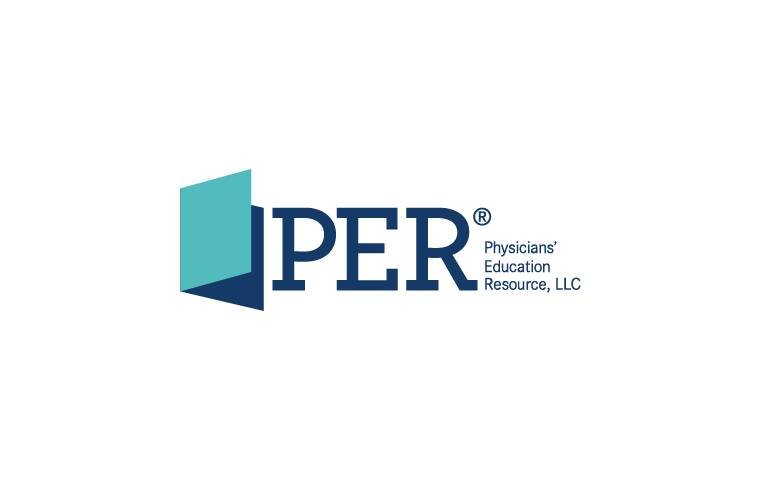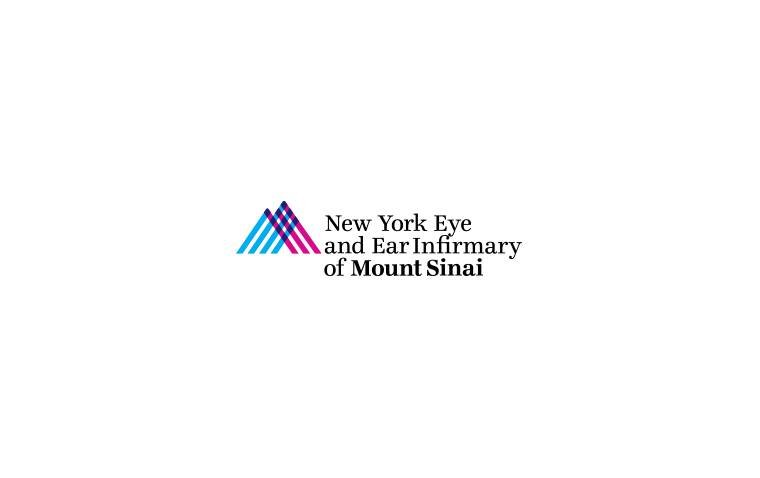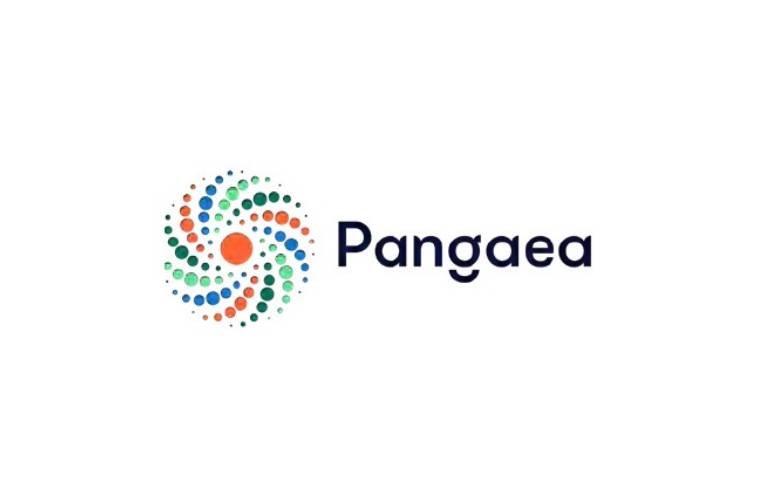
Caplin Granted USFDA Approval for Ketoralac Tromethamine Ophthalmic Solution
Caplin Steriles Limited (Caplin), a subsidiary of Caplin Point Laboratories Limited, has received final approval from the United States Food and Drug Administration (USFDA) for its Abbreviated New Drug Application (ANDA) for Ketorolac Tromethamine Ophthalmic Solution 0.5%. This product is a generic therapeutic equivalent of ACULAR Ophthalmic Solution, originally by Allergan Inc.
Ketorolac Tromethamine Ophthalmic Solution 0.5% is a nonsteroidal anti-inflammatory drug (NSAID) designed for the treatment of post-cataract surgery inflammation and to provide temporary relief from ocular itching associated with seasonal allergic conjunctivitis. This approval marks a significant achievement for Caplin Steriles, allowing them to provide a cost-effective alternative to a well-established therapy.
The significance of this new generic option is underscored by its substantial market presence, having generated approximately $36 million in sales in the US for the 12 months ending December 2023, according to IQVIATM (formerly IMS Health). This approval not only enhances Caplin's product portfolio but also offers a more accessible treatment option for patients suffering from ocular conditions.
Post-Cataract Surgery Inflammation
Post-cataract surgery inflammation is a common complication that can occur after the removal of a cataract and the implantation of an intraocular lens. This inflammatory response is typically part of the body's natural healing process. Symptoms can include redness, swelling, pain, and a slight blurring of vision, which usually resolve within a few days to weeks as the eye heals. However, in some cases, the inflammation can be more severe and may require medical intervention.
Treatment often involves the use of anti-inflammatory medications, such as corticosteroids or non-steroidal anti-inflammatory drugs (NSAIDs), which are administered either as eye drops or orally to help reduce the inflammation and alleviate discomfort. Managing inflammation effectively is crucial for achieving the best possible outcomes in vision improvement and preventing further complications such as increased intraocular pressure or cystoid macular edema.
(1).jpg)










